Navigating the Current Real Estate Landscape: Key Insights and Trends
In the ever-evolving realm of real estate, staying informed about market dynamics is paramount for both professionals and prospective buyers or sellers. As we navigate through the latest developments, ranging from Federal Reserve decisions to inventory fluctuations and inflationary pressures, understanding the intricacies of these factors becomes essential. Join us as we delve into the latest insights and trends shaping the real estate landscape in our comprehensive blog post.
Federal Reserve's March Meeting and Mortgage Rates
The anticipation surrounding the Federal Reserve's meeting in March was palpable, with many eyes fixed on the potential impact on mortgage rates. Despite expectations for rate adjustments, the Fed opted to keep rates on hold, citing recent data points such as CPI, PPI, and retail sales. This decision underscored the cautious approach towards premature rate cuts, particularly amidst a gradual decline in core inflation.
Mixed Bag from the February Jobs Report
Analysis of the February jobs report revealed a nuanced narrative, with the economy adding a robust 275,000 jobs, surpassing expectations. However, the euphoria of January's job figures was tempered by a significant downward revision, raising questions about the sustainability of such surges. Moreover, the uptick in the unemployment rate from 3.7% to 3.9% highlighted the complexities within the labor market, where differing survey methodologies paint contrasting pictures.
Inventory Dynamics and Listing Trends
Against this backdrop, real estate inventory witnessed a notable uptick, with new listings rising by 15.8% year-over-year and total active inventory climbing by 21.7%. While this surge is a positive sign, it's crucial to note that inventory levels still lag significantly compared to pre-pandemic years. The increase in listings offers hope for buyers seeking more options but underscores the ongoing imbalance between supply and demand.
Inflationary Pressures and Market Sentiment
Inflationary pressures continued to exert influence, with the headline CPI rising to +3.2% year-over-year in February, driven primarily by higher energy prices. However, the core CPI figure, excluding fuel and food prices, showed a slight decline to +3.8% year-over-year. The Federal Reserve's emphasis on core inflation underscores the significance of this metric, particularly as it grapples with housing costs as a major contributor to overall inflation.

Regional Variations and Mortgage Rate Trends
The climb in the MBS Highway Housing Index paused in March, coinciding with a reversal in mortgage rates, which moved back above 7%. Regional disparities were evident, with the Northeast and Mid-Atlantic regions experiencing heightened activity compared to the Southeast and Southwest. These regional nuances highlight the localized nature of real estate markets and the varying factors influencing them.
In conclusion, the current real estate landscape is characterized by a confluence of factors, ranging from macroeconomic indicators to localized market dynamics.
While the Federal Reserve's decision to maintain rates provides stability, the nuances within employment data and inflationary pressures warrant close monitoring.
As inventory levels improve and market sentiment evolves, adaptability and informed decision-making remain crucial for navigating the complexities of today's real estate environment. Stay tuned for further updates as we continue to track and analyze the trends shaping the industry.
Categories
Recent Posts


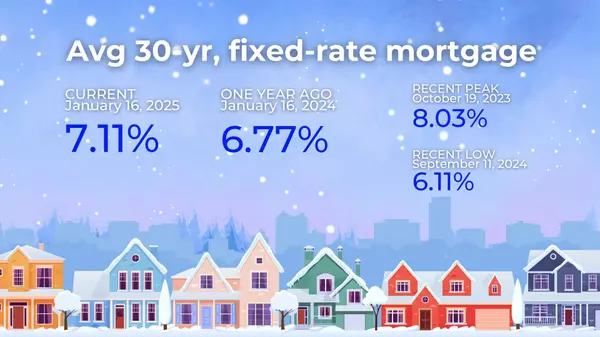
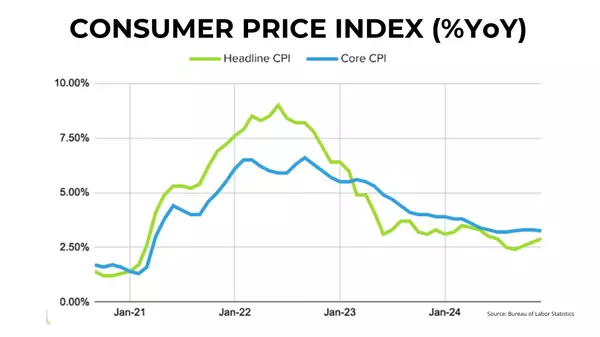


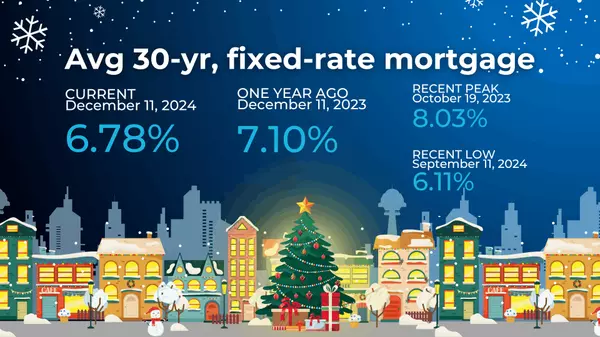
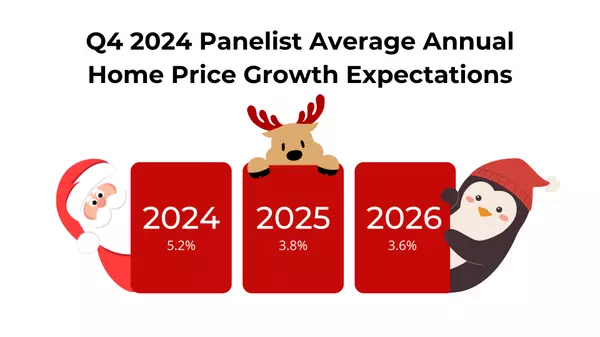
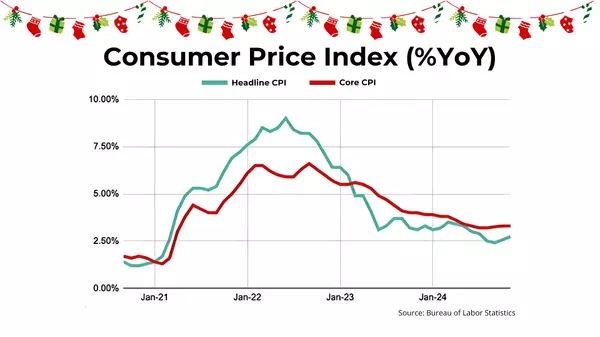

GET MORE INFORMATION

